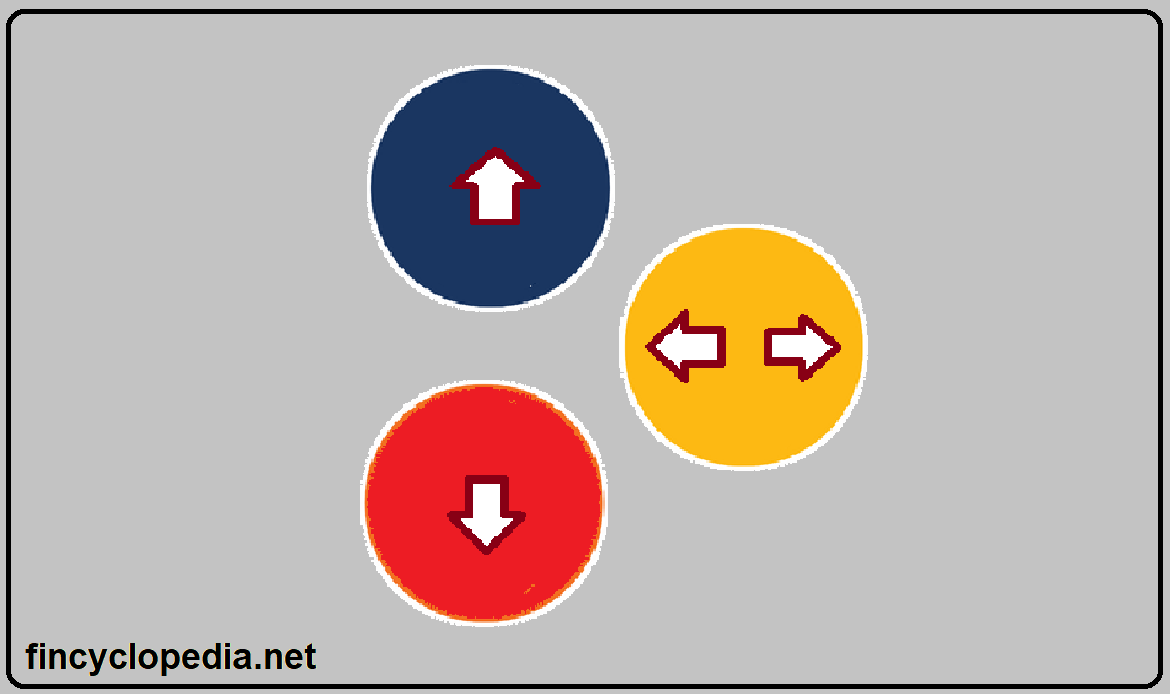Deprival value represents an accounting measurement tool/ concept that determines the value of an asset (solely an asset) based on the action that an entity would take if it were to be deprived of the asset (that is, the streams of benefits or cash flows associated with the asset).
On the other hand, relief value represents an accounting measurement concept that is used to establish the value of a liability (solely a liability) based on the action that would be taken by an entity if it were to be relieved of the liability. It is a sort of deprival value for a liability (only used for the measurement of specific types of liabilities). In other words, it is the amount by which an entity (already having assumed the liability- that is, having recognized it on its balance sheet) would be better off if it were relieved from the liability (by means of transferring it to a third party). As a measure of relief, a replacement liability (an entry price) is normally used. That is, a liability may be replaced, earlier than its expiration or maturity date, by a more favorable liability with similar features.







